Skip the trip to Gateway of India and head to discover Sopara instead. Sandwiched between Vasai and Virar, this is where all the tourists, merchants and shippies hung out 2,300 years ago.
If we went around telling townies that the unfashionable suburb of Nala Sopara was the coolest township with a port, ships, thriving trade and tourists about two thousand years before humans stepped foot on Malabar Hill, they would most likely recommend a trip to the nearest shrink. But we’re not far off the mark when we make that claim.
After learning about the historical site in Nala Sopara a few days ago, dna got in touch with Dr K Sankarnarayan, director at KJ Somaiya Centre for Buddhist Studies and Dr Devangana Desai, art historian and vice president of the Asiatic Society of Bombay. The duo provided a detailed insight about the ancient town, eliciting a drive to Sopara village in Thane district.
The drive to Sopara is about two hours from the centre of Mumbai. The stupa may have attracted academicians, historians and archaeologists in the past few decades but a few locals in Sopara and even other parts of the state and the country are aware of the existence of the site in the ignored village that provides a peek into the most fascinating chapters of Indian history.
The narrow roads of Sopara village are inundated with small ponds, tiny independent houses, palm trees and in some places laidback locals are seen walking about, tending to the fields and cattle. The entrance to the stupa is inglorious, to say the least. A peeling small flex banner by the pond, opposite the closed iron gates, acts as an ST bus stop board that is usually ignored by the bus drivers who seldom have passengers visiting the stupa. A short walk ahead and one can see the historic stupa shabbily covered with multiple tearing tarpaulin sheets to prevent erosion in the rains.
A couple of locals cutting grass seemed very surprised at seeing a visitor and promptly assumed that the writer was an academician or a student as no one else other than “these people” bother to visit the place. A few quiet minutes spent near the stupa, noticing the old eroding bricks and stones, a couple of old figurines and old red mud ground littered with palm fruit can be a very spiritual experience and also provide another reality check on how little we care about our history and how badly we preserve it.
Not too long ago there was news that the government had plans to develop this site as a tourist hub, but we could see no signs of the plan being executed in the immediate future. This is still the best time to visit the stupa, while you still have the place just to yourself for hours.
Perhaps today’s Nala Sopara won’t find mention in property colums of papers and magazines, but it has secured an eternal place in ancient Buddhist, Hindu and Jain literature and in travelogues of Greek, Arab and Chinese travellers written hundreds of years ago.
Stupa at Sopara
In 1882, epigrapher, numismatist and archaeologist Pandit Bhagwanlal Indraji unearthed a stupa at Sopara, the ancient port-town of Surparaka, about 48 kilometres north of Mumbai.
In a relic stone coffer found in the stupa he found a rare group of eight bronzes. Pandit Indraji after his discovery wrote, “the most important discovery that has been made at Sopara is a broken block of basalt bearing a fragment of one of Asoka’s edicts.”
“The find of the Asokan Edicts at Sopara indicates that the earliest historical evidence of activity in Sopara dates back to at least 3rd century BC,” says Dr Devangana Desai.
The brick stupa at Sopara, from which the bronzes were found, resemble the Sanchi stupa. Even the jade casket that was excavated from the Sopara stupa resembles the one from the Sanchi stupa.
According to Dr Desai, the ancient Surparaka or Soparaka has been mentioned in the Mahabharata, Mahavamsa, Divyavadana, Sripalacharita and other Buddhist, Brahmanical and Jaina texts, and in the inscriptions of Nasik, Junnar, Nanaghat, Karle and Kanheri.
The ancient port town
Sopara flourished as an important city and trade centre, playing an important role in the commerce of western India for more than two thousand years.
The town was known to Ptolemy and the author of the Periplus of the Erythraen Sea, and later also to a large number of Arab and Persian travellers, such as Ibn Haukal Al Beruni and Al Idrisi.
In the beginning of the 10th century, Arab traveller Machudi, in one of his texts, mentioned Subara along with Thana as coast towns. In the mid-12th century, Konkana delegate Tejakantha from Sopara attended a literary congress held in Kashmir.
![submenu-img]() 'I’ve done my part...': CSK star all-rounder bids adieu to international cricket
'I’ve done my part...': CSK star all-rounder bids adieu to international cricket![submenu-img]() Former Indian football team head coach Igor Stimac set to receive Rs 33600000 from AIFF as...
Former Indian football team head coach Igor Stimac set to receive Rs 33600000 from AIFF as...![submenu-img]() Lucknow building collapse: Police lodged FIR against owner as death toll rises to 8
Lucknow building collapse: Police lodged FIR against owner as death toll rises to 8![submenu-img]() Nicole Kidman skips receiving Best Actress award at Venice Film Festival due to her mother's death: 'I am in shock'
Nicole Kidman skips receiving Best Actress award at Venice Film Festival due to her mother's death: 'I am in shock'![submenu-img]() Asian Hockey Champions Trophy: Defending champions India beat China 3-0 in campaign opener
Asian Hockey Champions Trophy: Defending champions India beat China 3-0 in campaign opener![submenu-img]() Pakistan में भारी बवाल, इमरान खान के समर्थकों और पुलिस की झड़प में 7 की मौत
Pakistan में भारी बवाल, इमरान खान के समर्थकों और पुलिस की झड़प में 7 की मौत![submenu-img]() Kolkata Rape Case: बंगाल के राज्यपाल का ममता बनर्जी को अल्टीमेटम, 'कोलकाता पुलिस कमिश्नर को हटाएं'
Kolkata Rape Case: बंगाल के राज्यपाल का ममता बनर्जी को अल्टीमेटम, 'कोलकाता पुलिस कमिश्नर को हटाएं'![submenu-img]() Congress Candidate List: हरियाणा विधानसभा चुनाव के लिए कांग्रेस की दूसरी लिस्ट जारी, जानें किसे कहां से मिला मौका
Congress Candidate List: हरियाणा विधानसभा चुनाव के लिए कांग्रेस की दूसरी लिस्ट जारी, जानें किसे कहां से मिला मौका![submenu-img]() India squad for first Test vs Bangladesh: बांग्लादेश के खिलाफ पहले टेस्ट के लिए टीम इंडिया का ऐलान, यश दयाल की चमकी किस्मत
India squad for first Test vs Bangladesh: बांग्लादेश के खिलाफ पहले टेस्ट के लिए टीम इंडिया का ऐलान, यश दयाल की चमकी किस्मत![submenu-img]() रेसलर बजरंग पून�िया को मिली जान से मारने की धमकी, मैसेज में लिखा-'कांग्रेस छोड़ दो, ये हमारी पहली और आखिरी चेतावनी है'
रेसलर बजरंग पून�िया को मिली जान से मारने की धमकी, मैसेज में लिखा-'कांग्रेस छोड़ दो, ये हमारी पहली और आखिरी चेतावनी है'![submenu-img]() Jawa 42 FJ vs Royal Enfield Classic 350: Price, engine, specs compared
Jawa 42 FJ vs Royal Enfield Classic 350: Price, engine, specs compared ![submenu-img]() Bhavish Aggarwal’s Ola Electric set to challenge Mahindra, Bajaj as his company plans to launch…
Bhavish Aggarwal’s Ola Electric set to challenge Mahindra, Bajaj as his company plans to launch…![submenu-img]() Skoda-Auto Volkswagen India to invest Rs 15000 crore to set up EV plant in…
Skoda-Auto Volkswagen India to invest Rs 15000 crore to set up EV plant in…![submenu-img]() Hyundai Venue E+ with electric sunroof launched in India; price starts at Rs…
Hyundai Venue E+ with electric sunroof launched in India; price starts at Rs…![submenu-img]() DNA Auto Awards 2024: Maruti Suzuki Swift nominated for ‘CAR OF THE YEAR’; check price, features
DNA Auto Awards 2024: Maruti Suzuki Swift nominated for ‘CAR OF THE YEAR’; check price, features![submenu-img]() Meet woman, who got separated from her son, cracked UPSC exam to become IAS officer with AIR 2, she is...
Meet woman, who got separated from her son, cracked UPSC exam to become IAS officer with AIR 2, she is...![submenu-img]() Meet man, who cracked UPSC exam with AIR 646, became IPS officer, now suspended due to...
Meet man, who cracked UPSC exam with AIR 646, became IPS officer, now suspended due to...![submenu-img]() Marksheet of IAS Sonal Goel goes viral on social media, check her UPSC exam scores in different subjects
Marksheet of IAS Sonal Goel goes viral on social media, check her UPSC exam scores in different subjects![submenu-img]() Meet woman, who cracked UPSC exam at the age 22, became IAS officer, secured AIR 51, she is...
Meet woman, who cracked UPSC exam at the age 22, became IAS officer, secured AIR 51, she is...![submenu-img]() Meet IIT topper who left corporate job to become IAS officer, failed four times in UPSC exam, he is...
Meet IIT topper who left corporate job to become IAS officer, failed four times in UPSC exam, he is...![submenu-img]() Mumbai: Fire Breaks Out At Times Tower In Mumbai, 9 Fire Units Deployed
Mumbai: Fire Breaks Out At Times Tower In Mumbai, 9 Fire Units Deployed![submenu-img]() 'Dharavi Project Is About Restoring Dignity...', Says Gautam Adani | Dharavi Redevelopment Project
'Dharavi Project Is About Restoring Dignity...', Says Gautam Adani | Dharavi Redevelopment Project![submenu-img]() Kolkata Doctor Case: CBI Visits RG Kar, Seizes Documents On Funds Used During Sandip Ghosh’s Tenure
Kolkata Doctor Case: CBI Visits RG Kar, Seizes Documents On Funds Used During Sandip Ghosh’s Tenure![submenu-img]() Giriraj Singh Attacked: Union Minister Giriraj Singh Assaulted In Begusarai, Bihar; Accused Arrested
Giriraj Singh Attacked: Union Minister Giriraj Singh Assaulted In Begusarai, Bihar; Accused Arrested![submenu-img]() Haryana Assembly Election 2024: Haryana Assembly Election Date Changed, Check Details Here
Haryana Assembly Election 2024: Haryana Assembly Election Date Changed, Check Details Here![submenu-img]() Meet Indian man, who is likely to become world's 2nd trillionaire after Elon Musk, has net worth of...
Meet Indian man, who is likely to become world's 2nd trillionaire after Elon Musk, has net worth of...![submenu-img]() Ratan Tata's company invests Rs 950 crore in this firm, plans to build...
Ratan Tata's company invests Rs 950 crore in this firm, plans to build...![submenu-img]() Meet Indian genius who established 10 famous brands, built Rs 10000 crore company, not from IIT, IIM, runs iconic...
Meet Indian genius who established 10 famous brands, built Rs 10000 crore company, not from IIT, IIM, runs iconic...![submenu-img]() Meet man who earns over Rs 11 crore monthly, highest-paid executive in Indian company, he is Ratan Tata's...
Meet man who earns over Rs 11 crore monthly, highest-paid executive in Indian company, he is Ratan Tata's...![submenu-img]() Meet woman, an Indian, who is CEO of Rs 55683 crore company in US, her business is...
Meet woman, an Indian, who is CEO of Rs 55683 crore company in US, her business is...![submenu-img]() From getting secretly engaged to becoming parents to baby girl: A look at Deepika Padukone, Ranveer Singh's love story
From getting secretly engaged to becoming parents to baby girl: A look at Deepika Padukone, Ranveer Singh's love story![submenu-img]() 6 reasons why you should buy Volkswagen Virtus
6 reasons why you should buy Volkswagen Virtus![submenu-img]() Apple to Amazon: First products launched by big tech giants
Apple to Amazon: First products launched by big tech giants![submenu-img]() Made in Rs 82 crore, this superstar's film crashed after bumper opening, debutant actress left Bollywood, film earned...
Made in Rs 82 crore, this superstar's film crashed after bumper opening, debutant actress left Bollywood, film earned...![submenu-img]() This film won five National Awards, hero acted for free; Manoj Bajpayee was first choice for villain, was replaced by...
This film won five National Awards, hero acted for free; Manoj Bajpayee was first choice for villain, was replaced by...![submenu-img]() Lucknow building collapse: Police lodged FIR against owner as death toll rises to 8
Lucknow building collapse: Police lodged FIR against owner as death toll rises to 8![submenu-img]() Weather Update: Heavy rain continues to lash Rajasthan, IMD issues yellow, orange alerts for several parts till this day
Weather Update: Heavy rain continues to lash Rajasthan, IMD issues yellow, orange alerts for several parts till this day![submenu-img]() 'Ready for dialogue with Pakistan if...': Defence Minister Rajnath Singh in J-K election rally
'Ready for dialogue with Pakistan if...': Defence Minister Rajnath Singh in J-K election rally![submenu-img]() Bangladesh plans to extradite ex-PM Sheikh Hasina from India, put her on trial for….
Bangladesh plans to extradite ex-PM Sheikh Hasina from India, put her on trial for….![submenu-img]() Haryana Assembly Polls: AAP MP Raghav Chadha gives big update on AAP-Congress alliance, says, ‘both parties trying to..'
Haryana Assembly Polls: AAP MP Raghav Chadha gives big update on AAP-Congress alliance, says, ‘both parties trying to..'
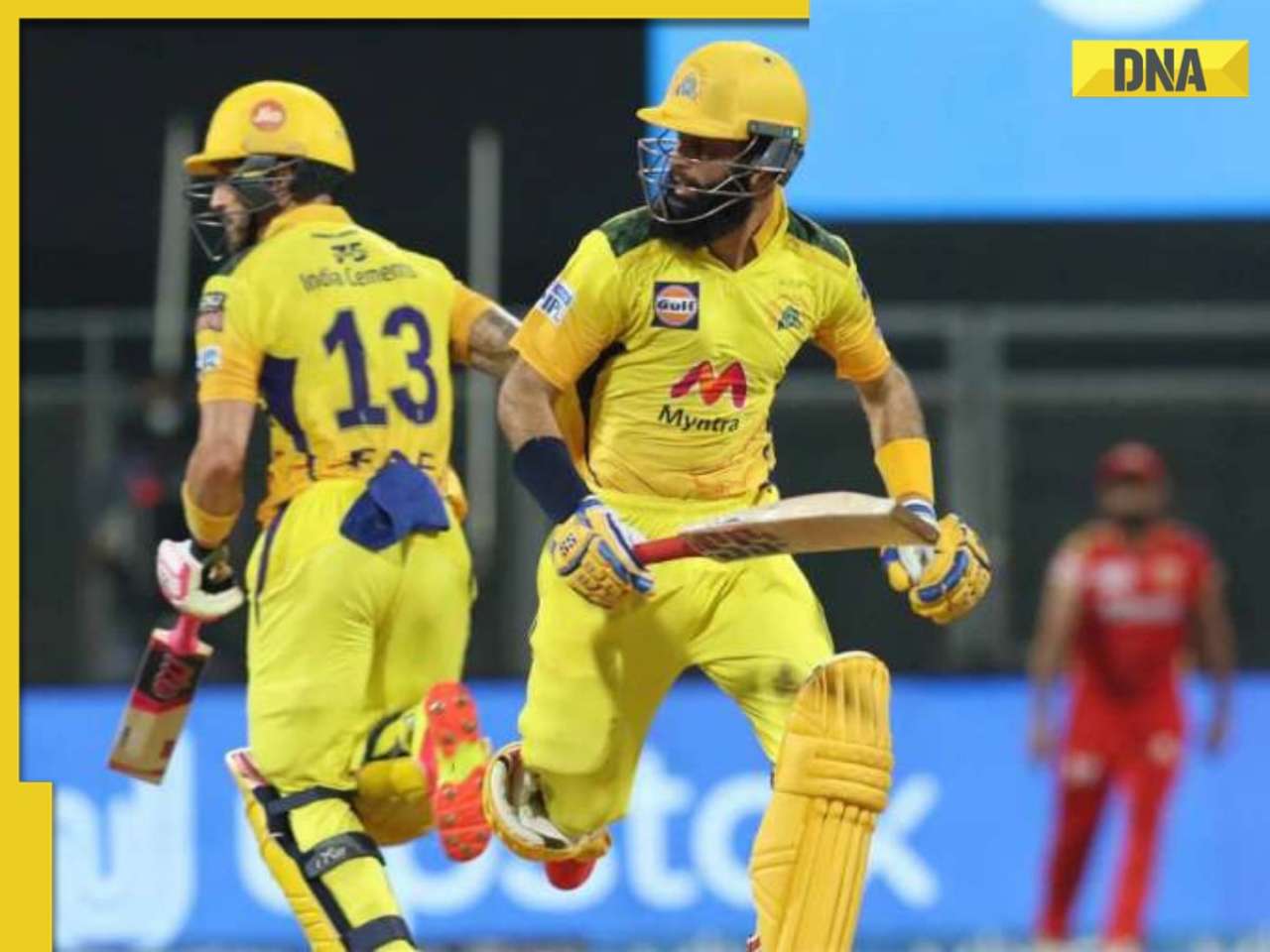

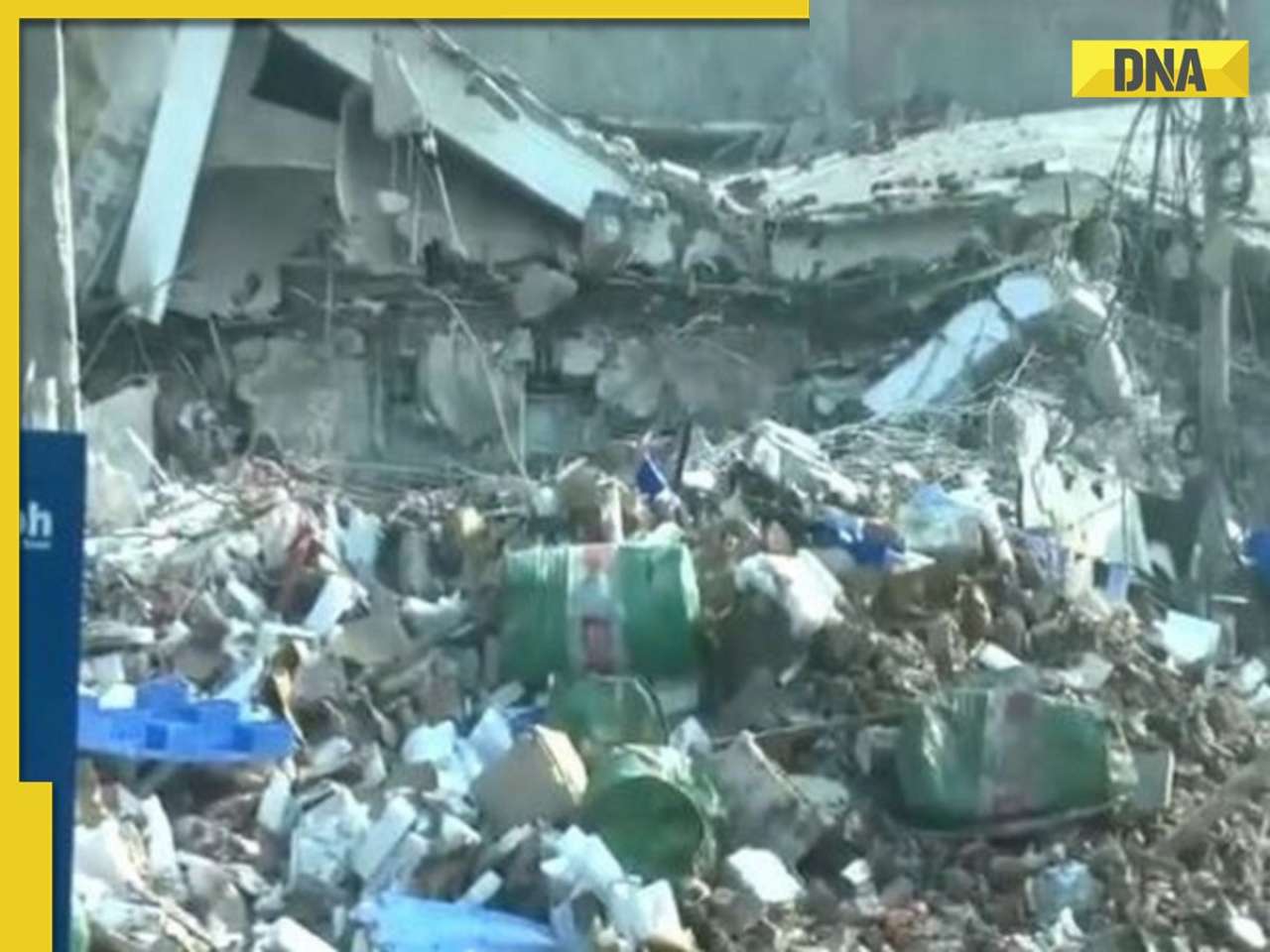











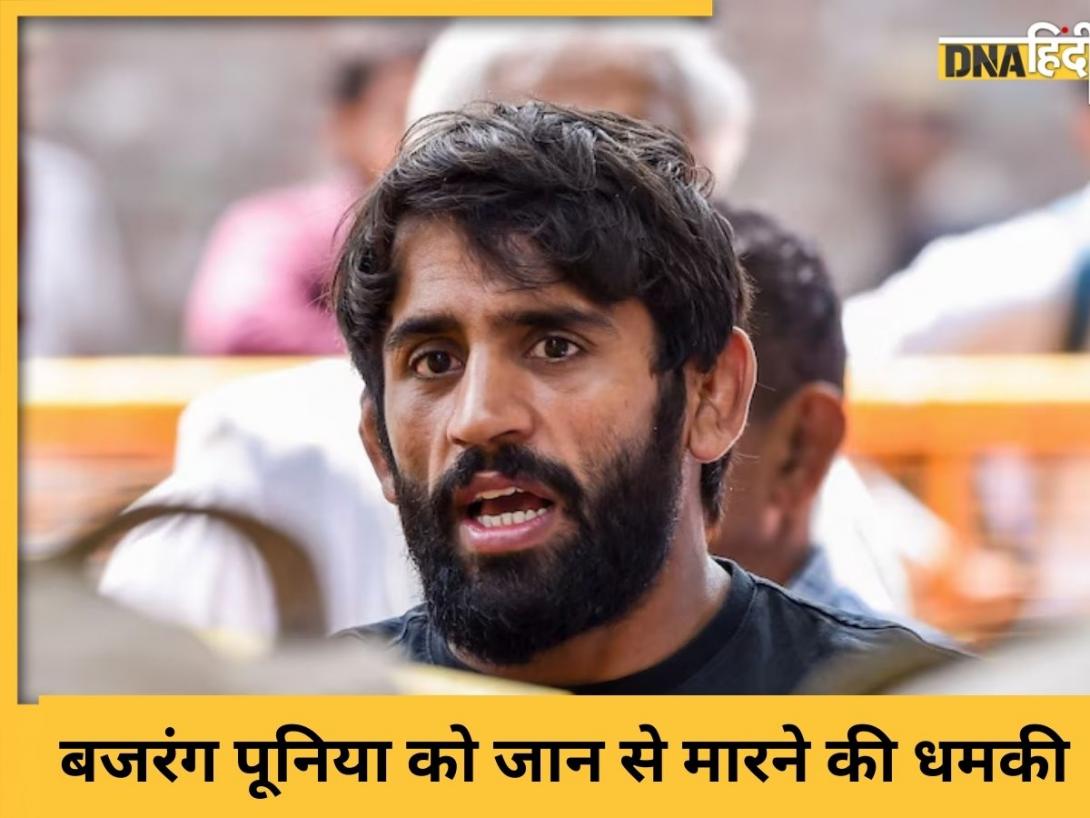


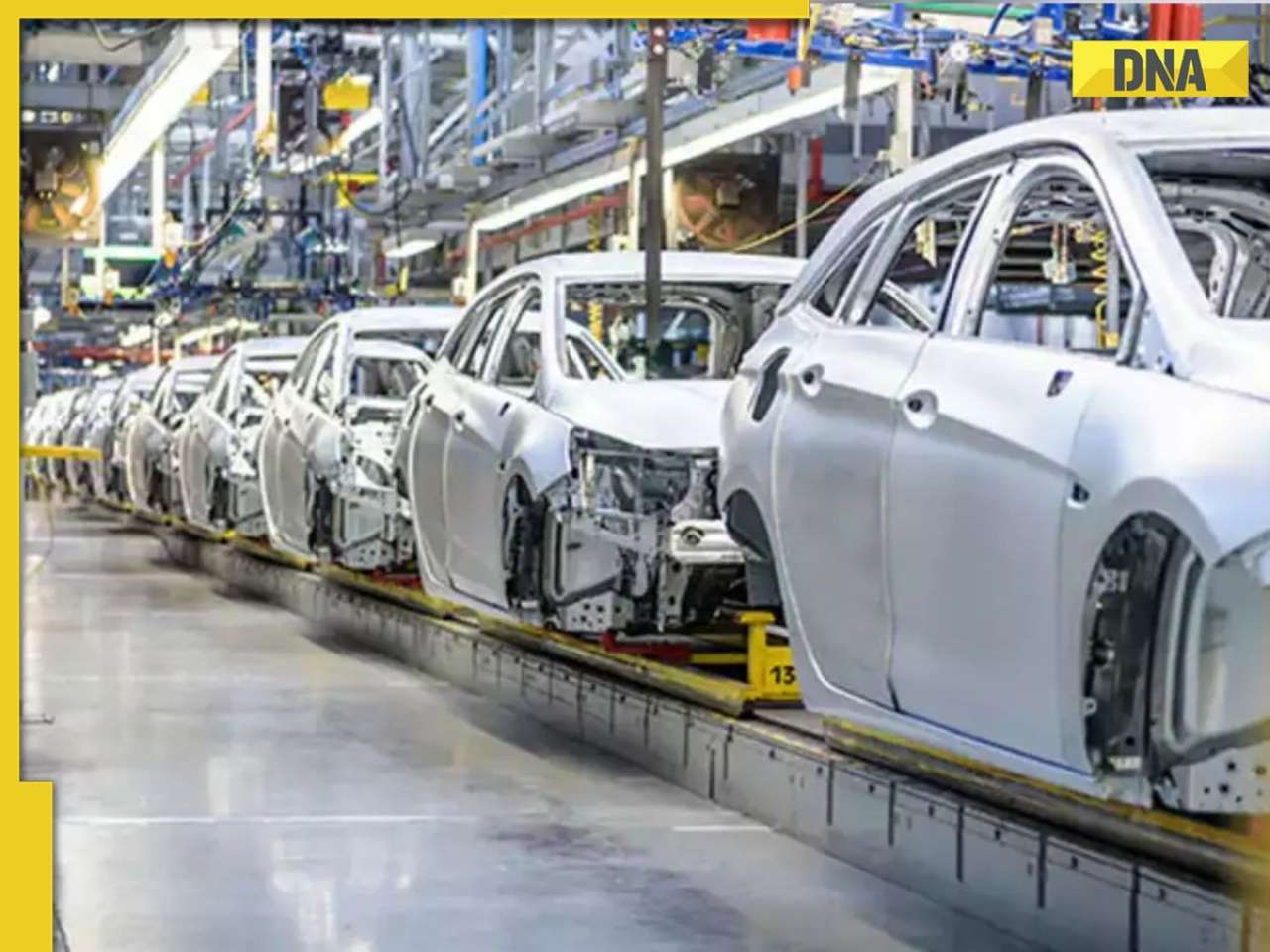



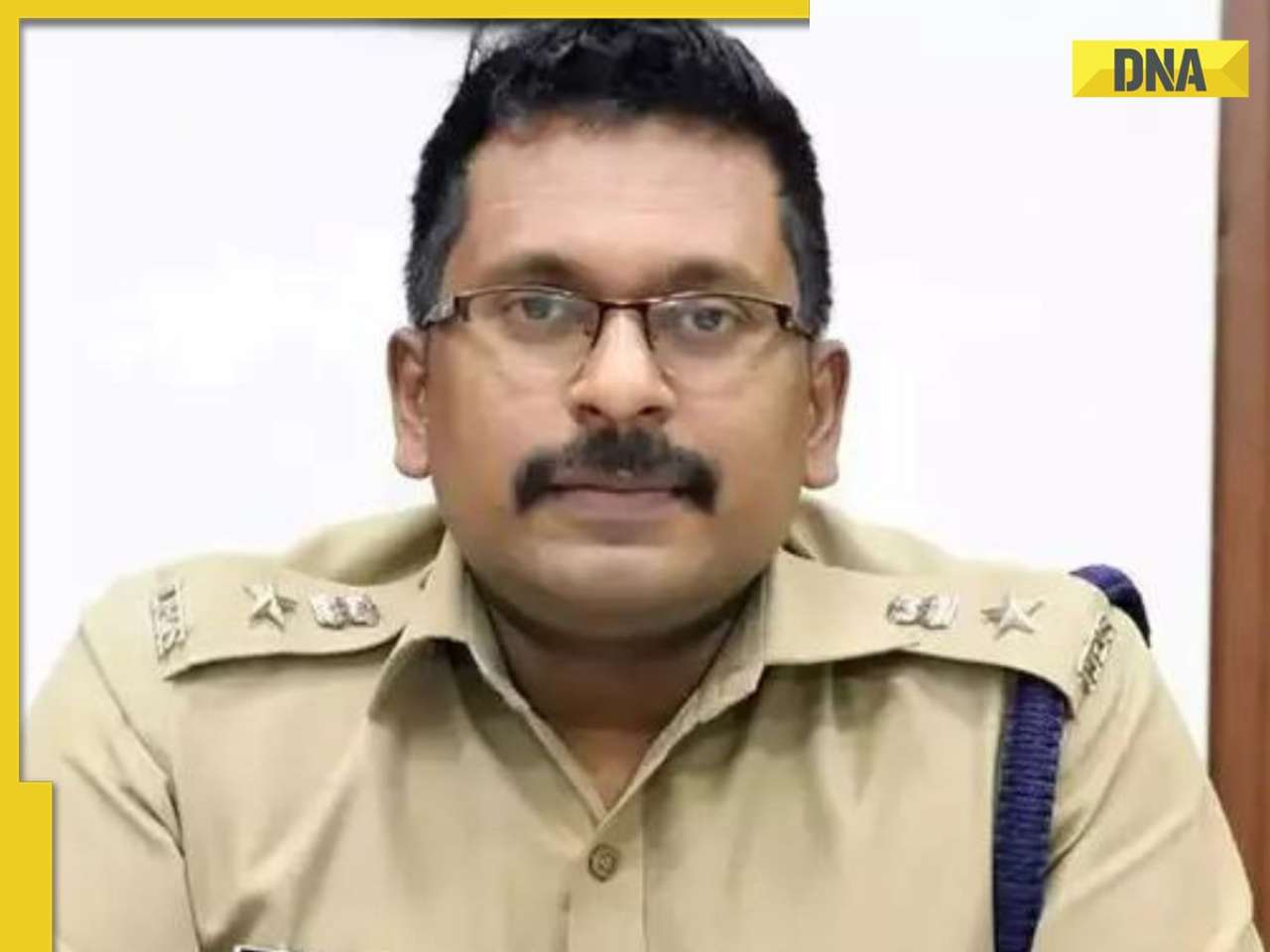

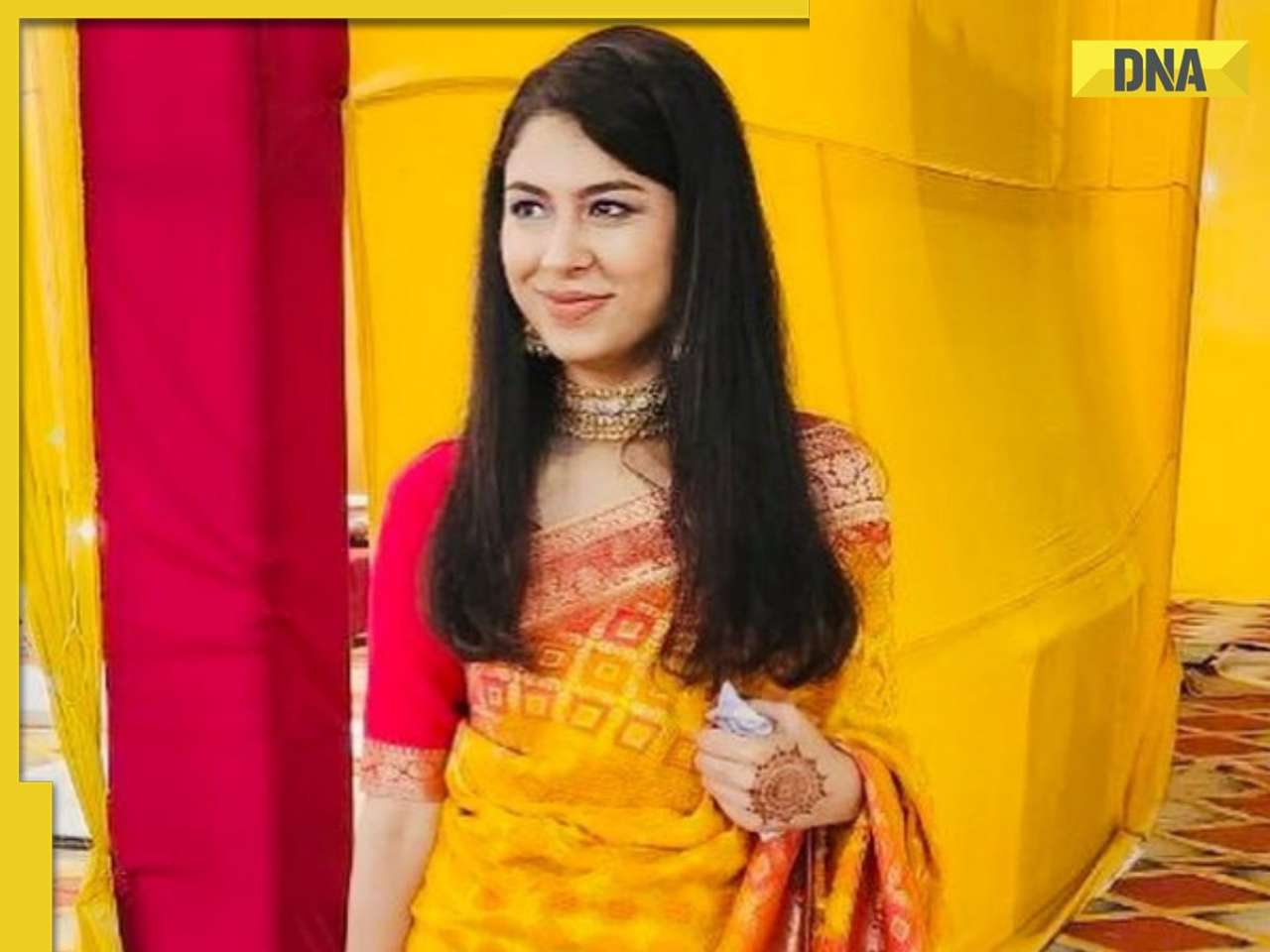
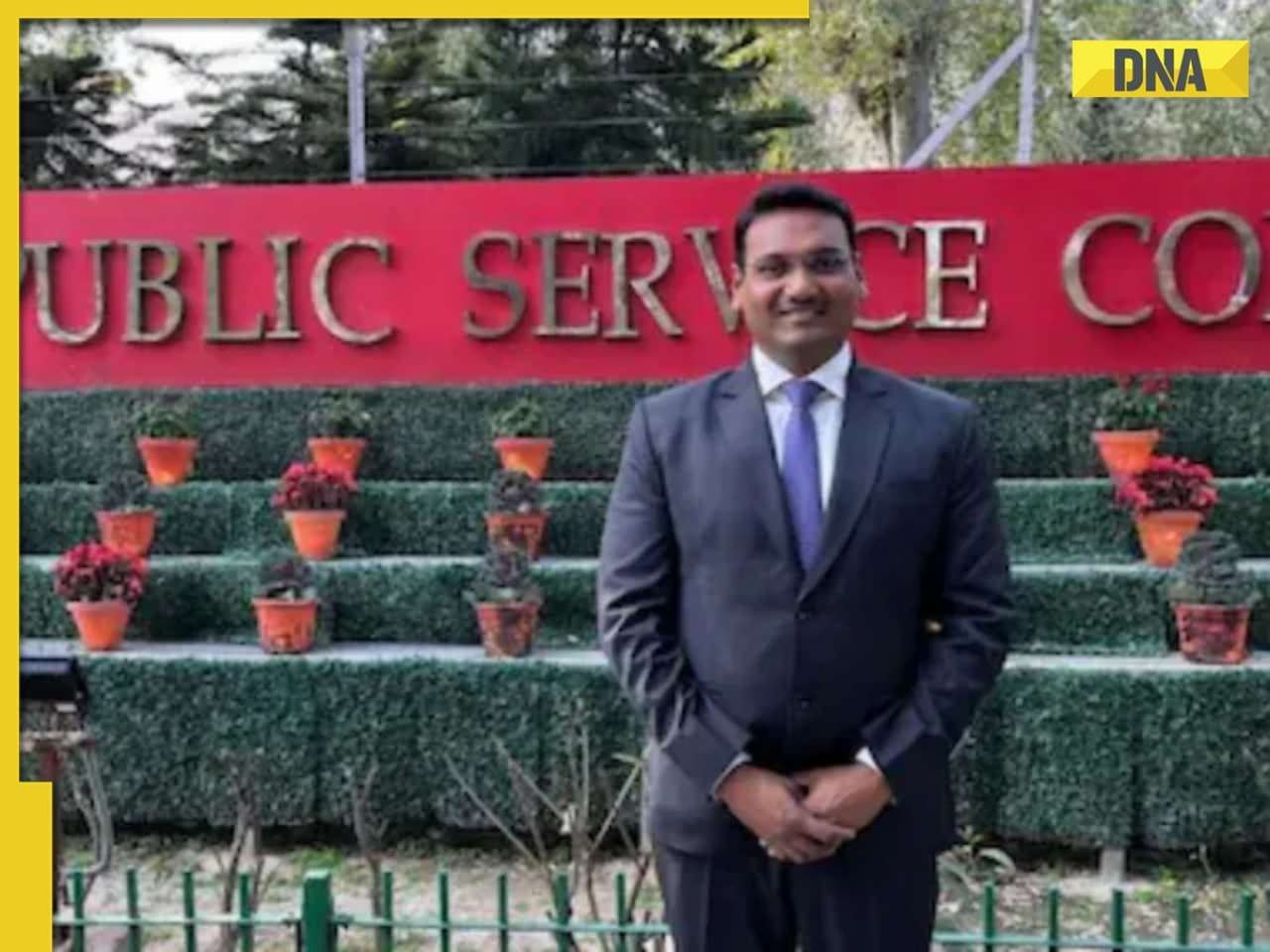

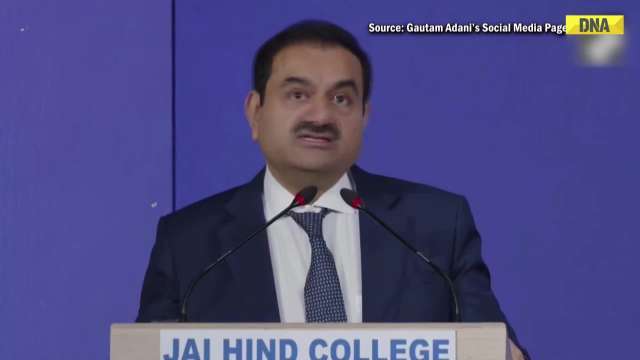

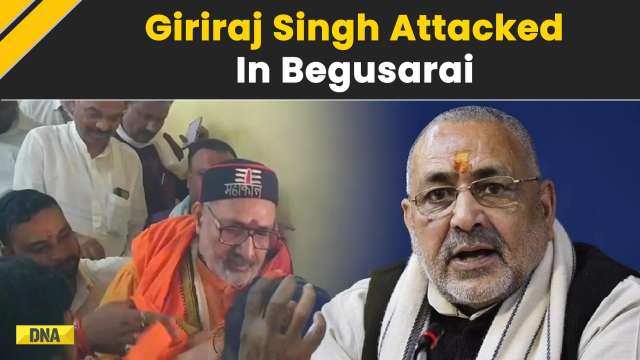
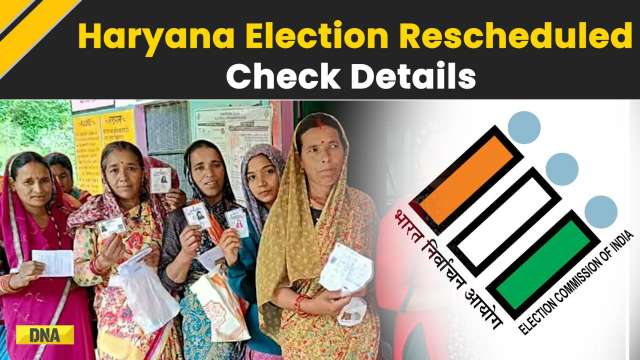
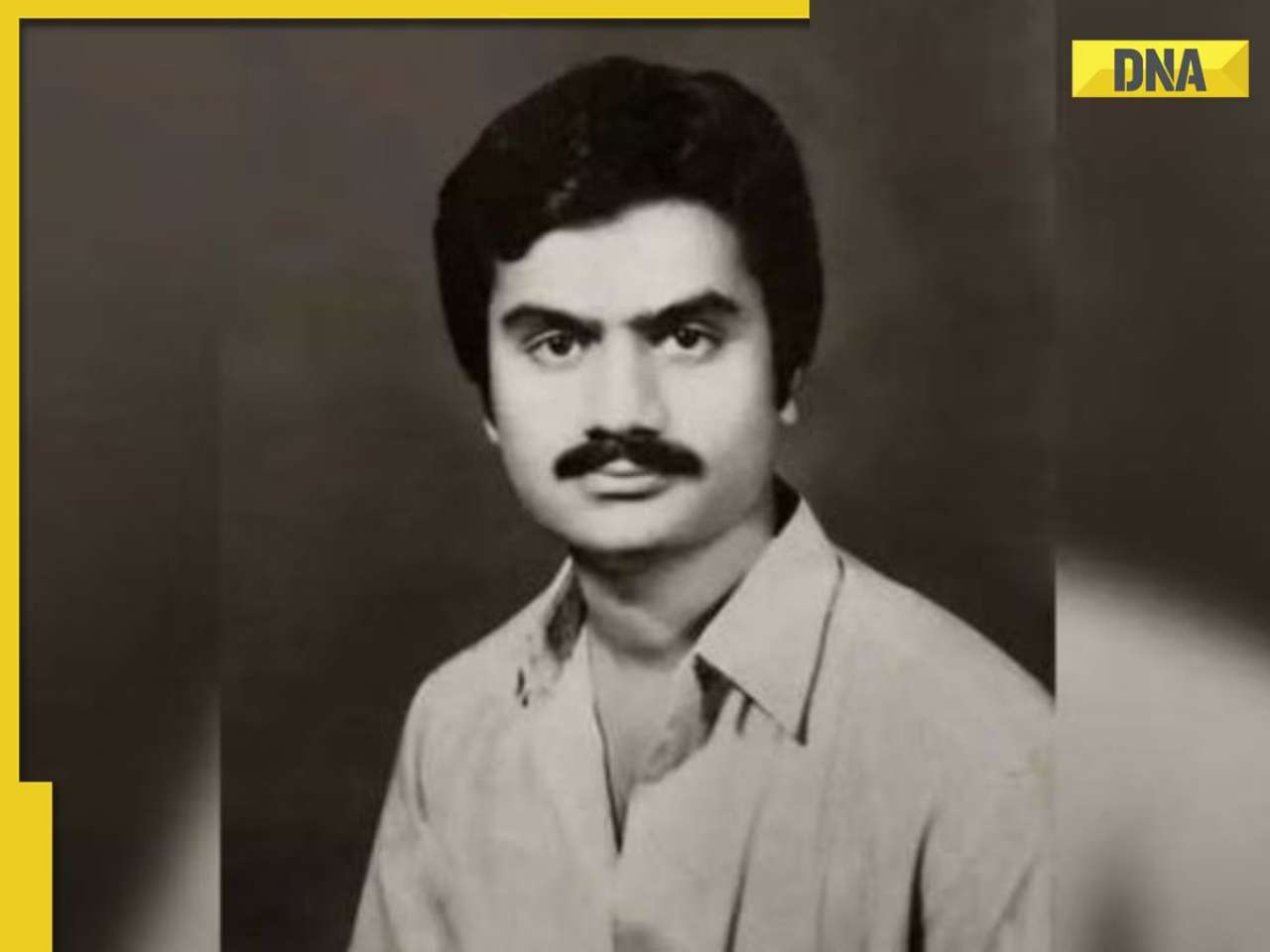

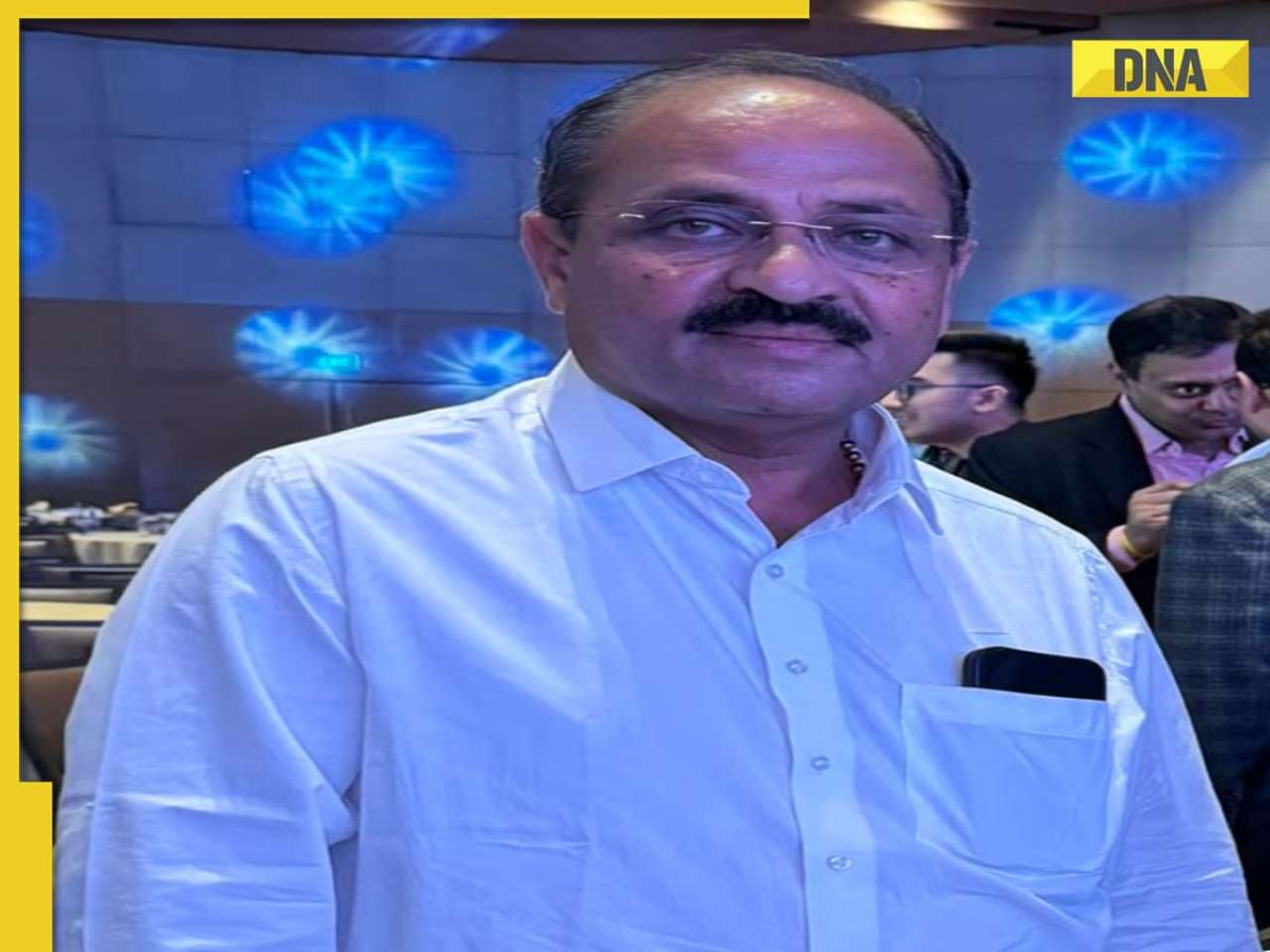








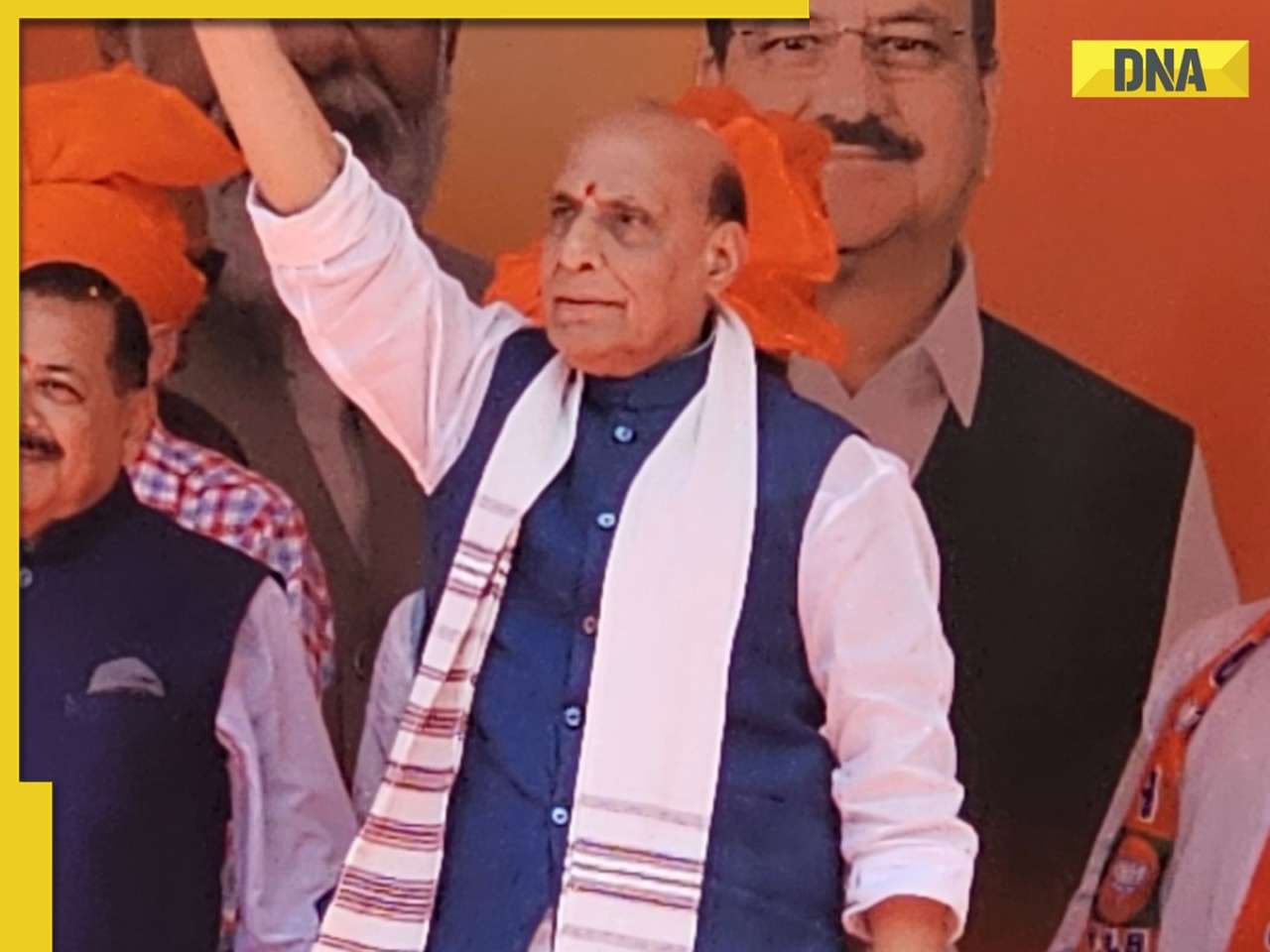
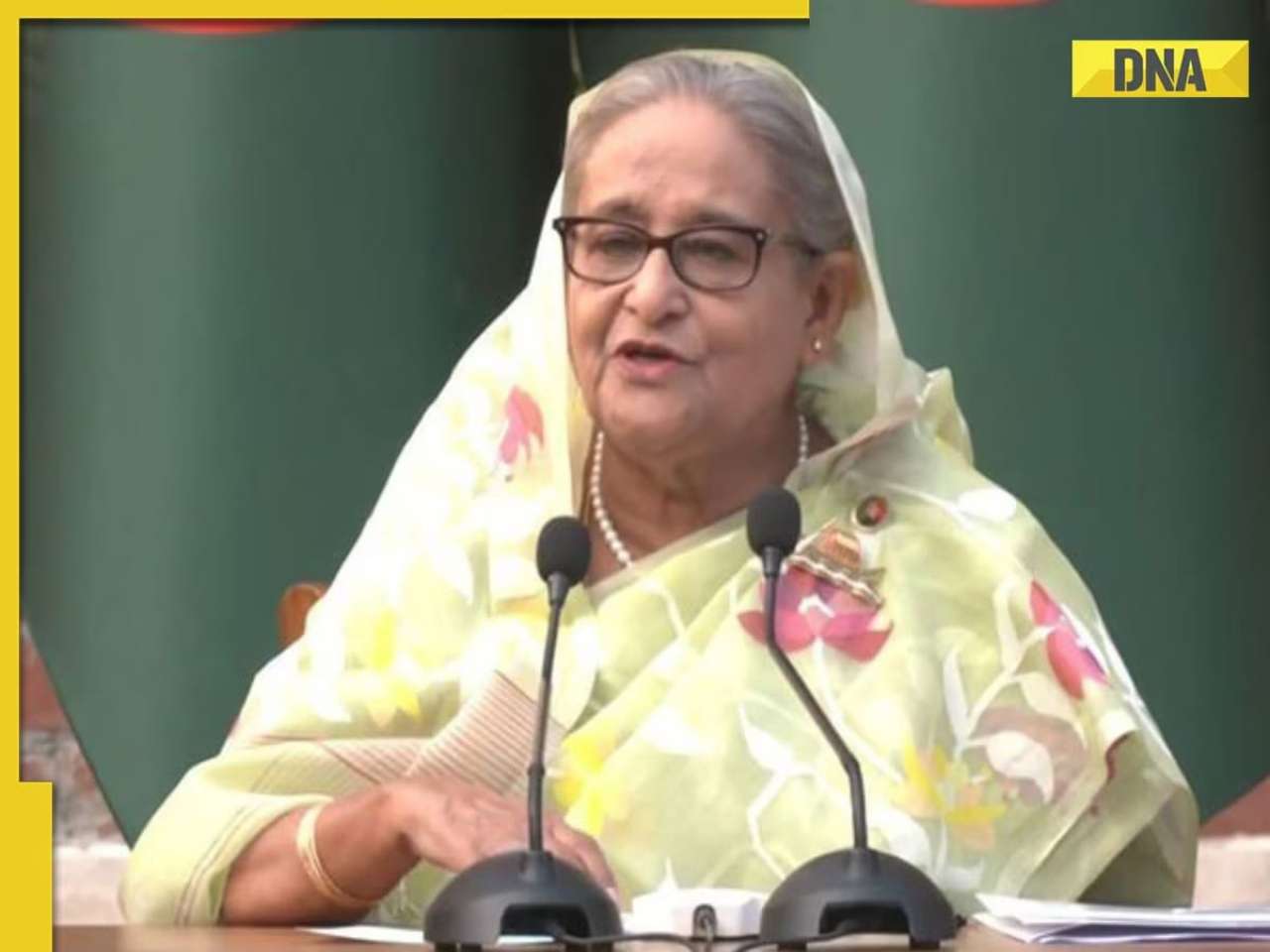


)
)
)
)
)
)
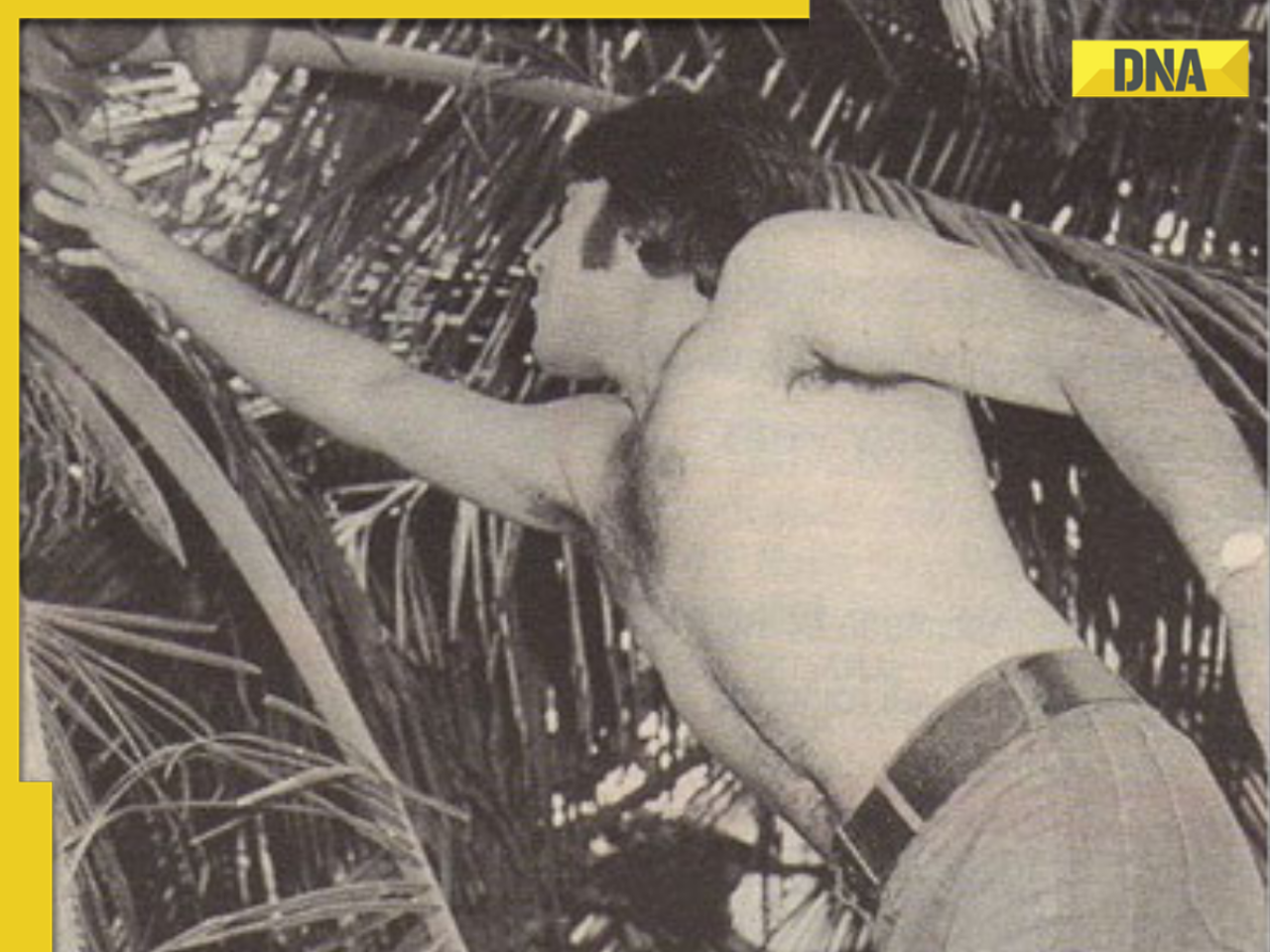)
)
)
)
)
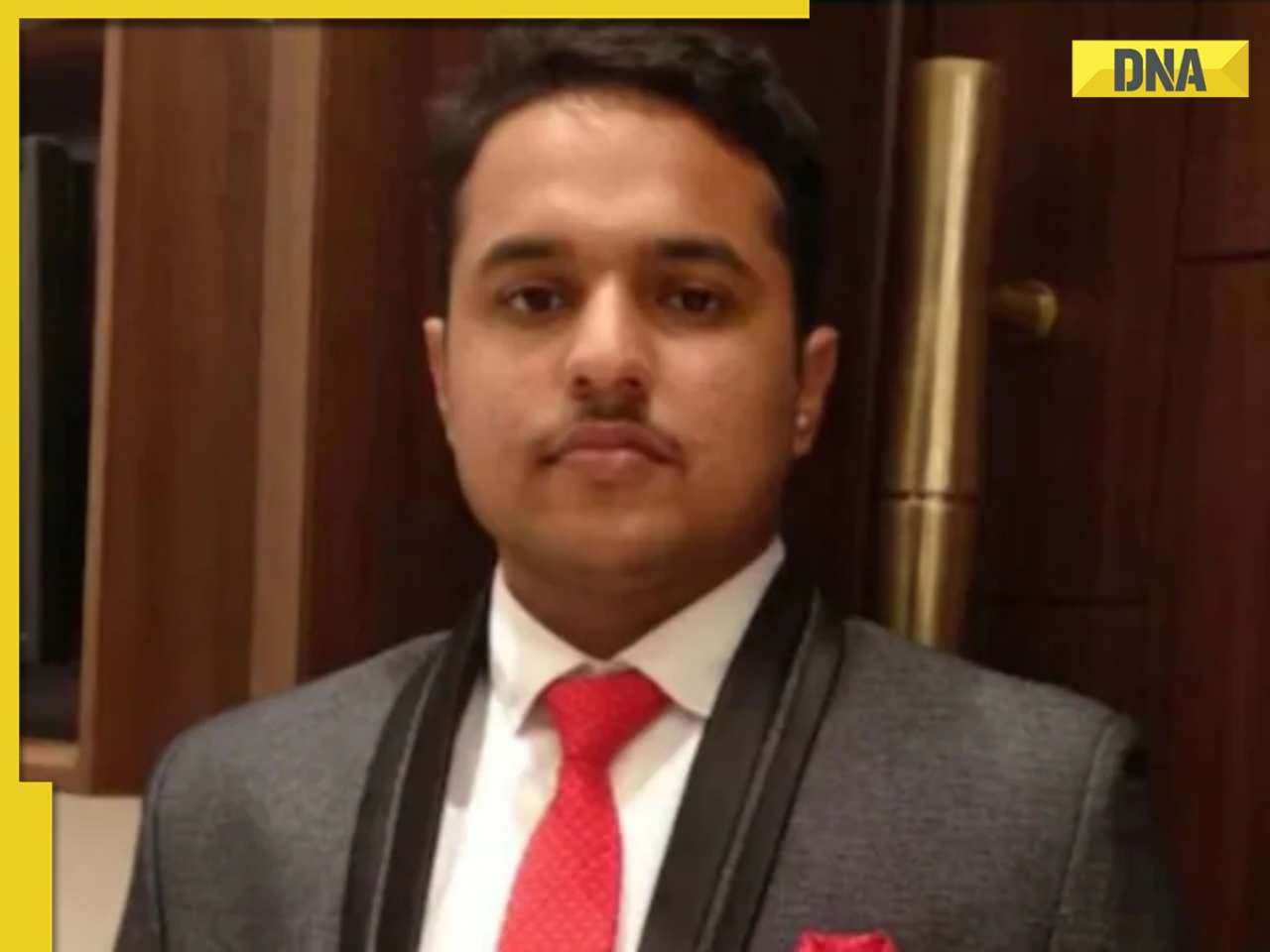)
)
)
)





)
)
)
)
)
)